Kengo Kuma has designed a cocoon-like installation for the V&A courtyard that weaves ancient and contemporary materials together.

September 27th, 2019
At this year’s London Design Festival, ancient and contemporary materials came together in harmony in a sculptural installation designed by renowned Japanese architect Kengo Kuma.
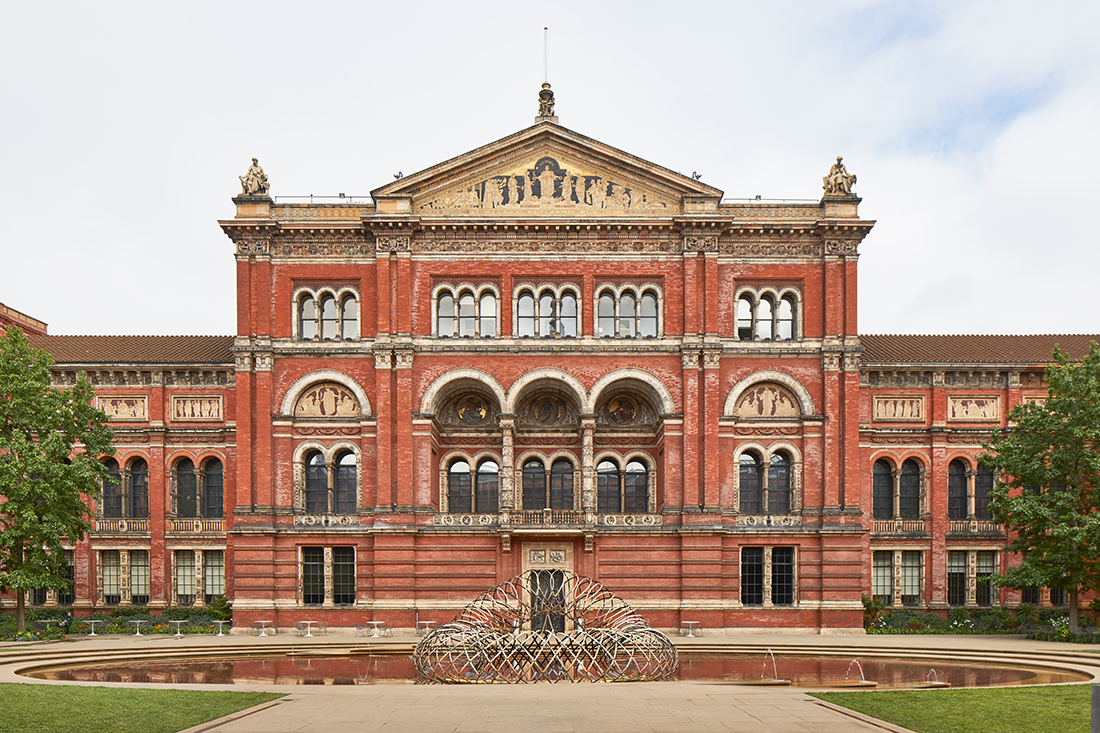
Titled Bamboo (竹) Ring, or Take-wa 竹わ, the cocoon-like form was constructed from woven bamboo and carbon fibre and was nestled in the John Madejski Garden of the V&A Museum. The evocative piece was commissioned by British curator and writer Clare Farrow as one of the V&A Projects for the 2019 edition of LDF, which ran from 14–22 September.
“It’s been an honour to work so closely with Kengo Kuma and his team from the Kuma Lab at The University of Tokyo,” said Farrow. “Inspired by the much-loved John Madejski Garden, the structure – like a nest or cocoon – is an embodiment of transparency and lightness, which looks to the future as well as echoing Japanese traditions.”
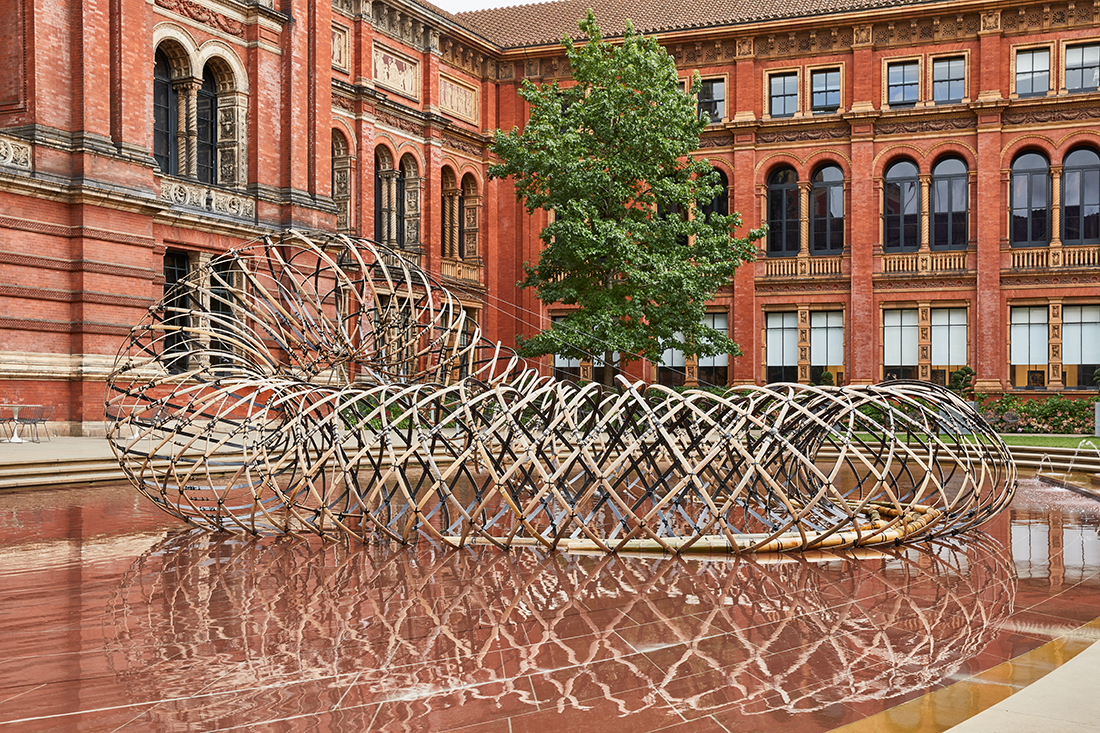
“I like the V&A [John Madejski] Garden because there is water there,” said Kuma of the work’s location. “Water is the source of life, and it is one of the most important elements in our architectural work.”
Kuma – who is the architect behind the New National Stadium for the Tokyo 2020 Olympics – is also known for his use of bamboo as a construction material. One of his most renowned works is the Great (Bamboo) Wall house near Beijing, China, completed in 2002; and he recently designed the V&A Dundee, his first building in the UK, featuring bamboo flooring and walls.
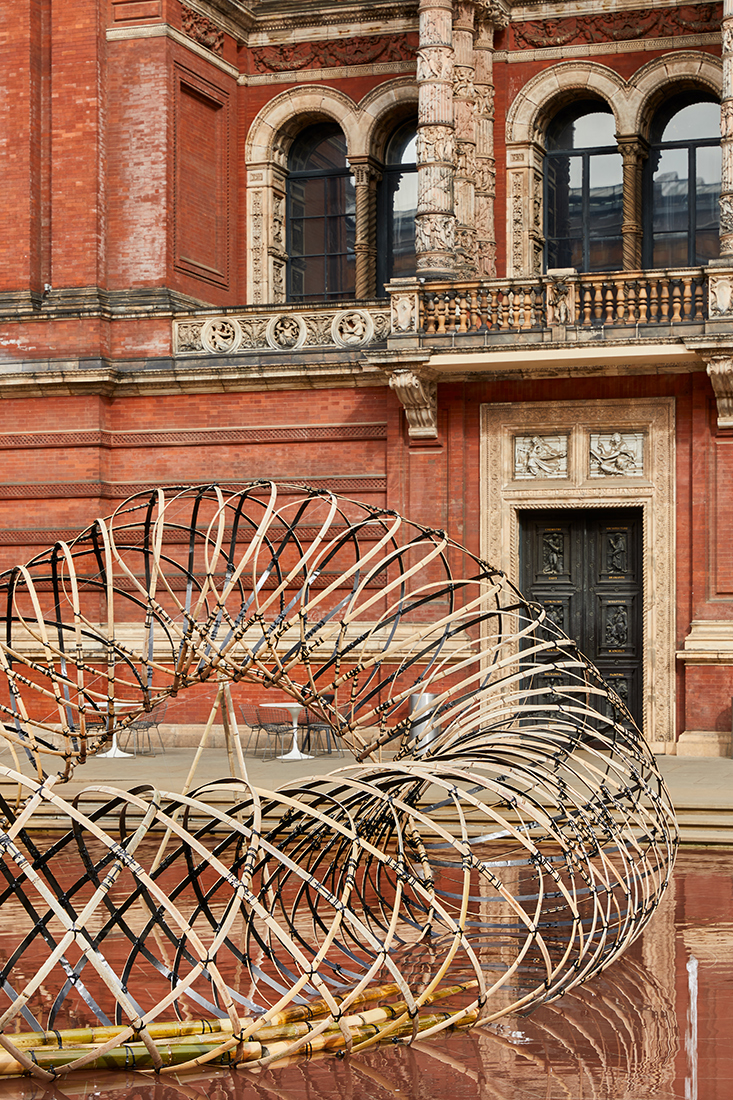
What makes this installation so intriguing is the way it combines the ancient material of bamboo with the high-tech contemporary material of carbon fibre. This creates an exciting interplay between the two materials, not only visually but also structurally.
The rigidity of the carbon fibre is bound to the pliancy of the bamboo. This tension causes the sculpture to pull against itself, naturally de-forming the structure and causing it to lift into the air. “What made it possible for us to ‘lift’ the structure into the air was the use of carbon fibre,” said Kuma. “It has a lot of potential.”
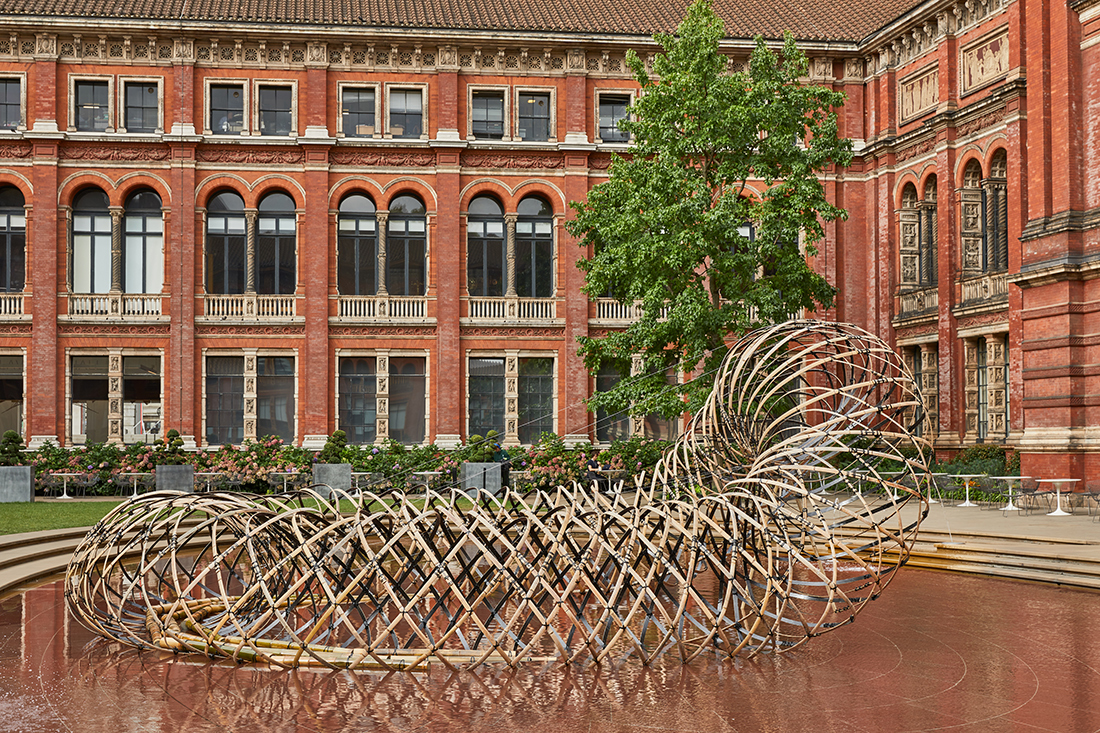
This ‘floating’ effect, together with the woven structure, emphasises the lightness and transparency of the installation. “Transparency is essential in our work along with the act of weaving and both have been reflected in Japanese cultures and traditions,” said Kuma. “Japan is a small island country. In order to make our little spaces more comfortable, transparency and weaving have played an important role.”
The installation not only explores the literal weaving of bamboo and carbon fibre rings, but is also a more ephemeral exploration of weaving natural elements – air, water, green space – together by way of the sculptural form. “We always try to ‘weave’ not only among the materials we use, but more extensively with nature and human life,” said Kuma.
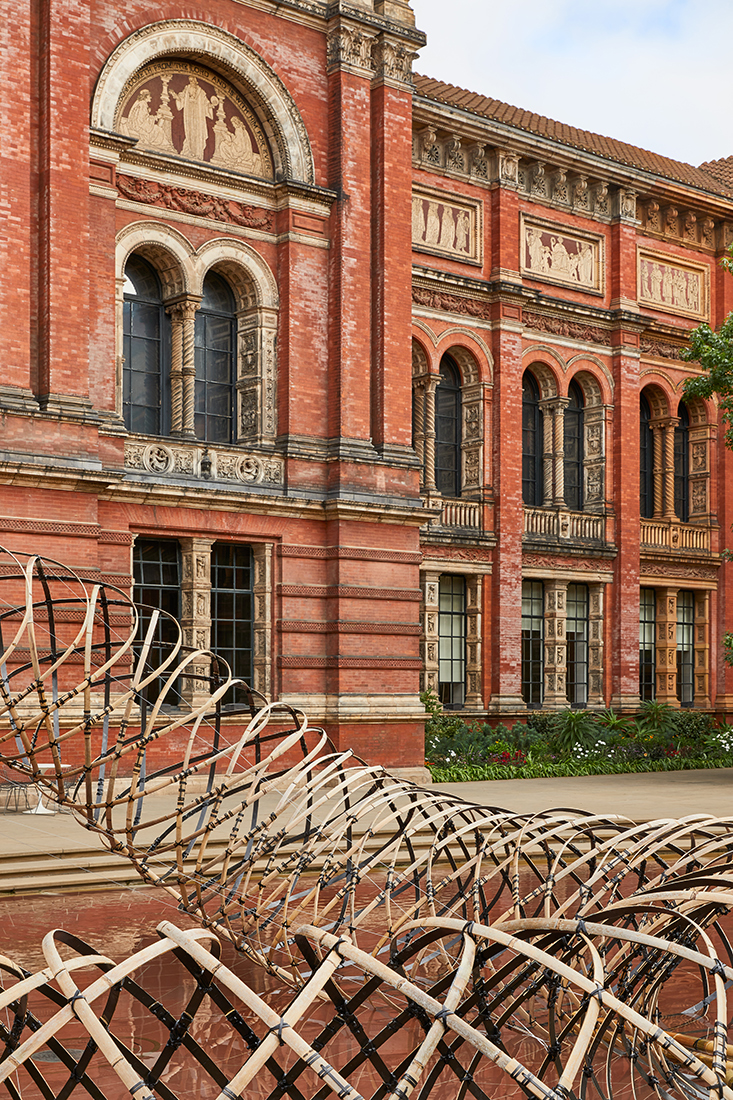
To Kuma, this partnership of ancient and contemporary materials and harmony with nature is a blueprint for the future of our cities. “I imagine that people’s memory has been filled with the images of concrete and steel from the twentieth century,” said Kuma. “I hope that will change in the future with what many of us are trying now. Light, sustainable materials definitely contribute to our wellbeing.”
This project was realised in partnership with OPPO, with further support by Komatsu Matere and ANA (All Nippon Airways).
Read more explorations into bamboo as a building material at London Design Festival 2019 in our upcoming story on Bamboo Futures by Elora Hardy and IBUKU.
INDESIGN is on instagram
Follow @indesignlive
A searchable and comprehensive guide for specifying leading products and their suppliers
Keep up to date with the latest and greatest from our industry BFF's!
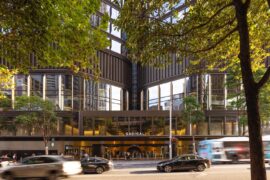
Rising above the new Sydney Metro Gadigal Station on Pitt Street, Investa’s Parkline Place is redefining the office property aesthetic.
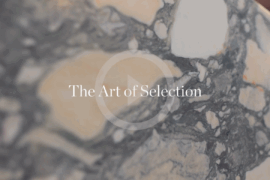
CDK Stone’s Natasha Stengos takes us through its Alexandria Selection Centre, where stone choice becomes a sensory experience – from curated spaces, crafted details and a colour-organised selection floor.
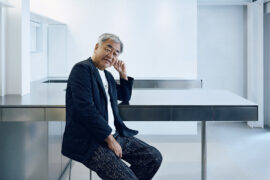
In a wide-ranging interview, the iconic Japanese architect joins Timothy Alouani-Roby to discuss his childhood home, the influence of Metabolism, a formative experience in the Sahara desert and a recent house by Mount Fuji.

Well, it’s done and dusted for another year but what a major success and influential event it was! Here are some standout exhibitions and installations for 2025.
The internet never sleeps! Here's the stuff you might have missed
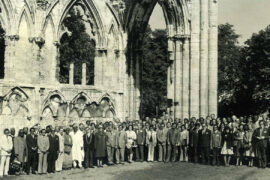
Celebrating six decades of architectural excellence, the Commonwealth Association of Architects launches a year-long campaign.

Sydney Open invites the public to explore over 55 buildings, spaces and new additions to the skyline, with a newly released Talks & Tours program offering direct access to the architects behind Bundarra and Pier Pavilion.

Cieran Murphy has been awarded The Photographer – Commercial at the INDE.Awards 2025. His work on Lune Rosebery captures the immersive design and storytelling of the space, highlighting the interplay of form, material and atmosphere in this contemporary culinary destination.